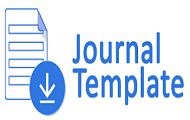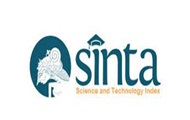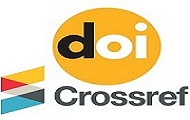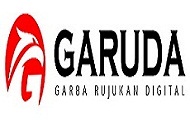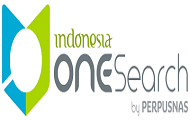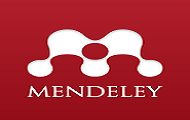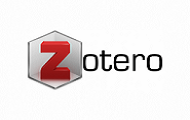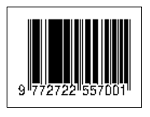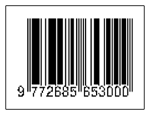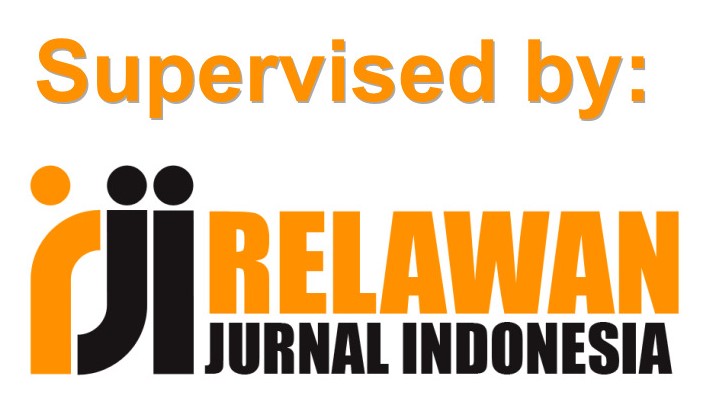Analisis Perhitungan Cost Volume dan Profit Sebagai Dasar Perencanaan Laba Pada PT. Sariguna Primatirta Tbk
DOI:
https://doi.org/10.31851/jmediasi.v5i1.9366Abstract
ABSTRACT
Â
This research is a qualitative descriptive study which aims to determine the Analysis of Cost Volume and Profit Calculations as a Basis for Profit Planning at PT. Sariguna Primatirta Tbk period 2017-2020. The data used is secondary data, the population in this study is the data of the Financial Statements of PT. Sariguna Primatirta Tbk which is listed on the Investment Gallery of the Indonesia Stock Exchange. In this study, the authors analyzed the financial report data, namely the calculation of break even points, contribution margins, contribution margin ratios, and calculation of sales targets. Based on the analysis of Cost Volume and Profit shows that at PT. ariguna Primatirta Tbk has been able to manage operational costs that occur to the maximum extent possible, as evidenced by variable costs which tend to remain constant each period. The break even point value has broken even, the profit earned is at the break even point value so that the company is able to make a profit. The contribution margin ratio shows that the company's profit before fixed costs exceeds half of the variable costs that have been incurred. The author suggests taking action to increase revenue or reduce operating costs to reduce the risk of loss and use Cost Volume and Profit analysis to predict the costs to be incurred, the expected income and for further profit planning.
Â
Keywords: cost volume profit, profit planning
Â
ABSTRAK
Â
Penelitian ini adalah penelitian deskriptif kualitatif yang bertujuan untuk mengetahui Analisis Perhitungan Cost Volume dan Profit Sebagai Dasar Perencanaan Laba pada PT. Sariguna Primatirta Tbk periode tahun 2017-2020. Data yang digunakan adalah data skunder, populasi dalam penelitian ini adalah data Laporan Keuangan PT. Sariguna Primatirta Tbk yang terdaftar di Galeri Investasi Bursa Efek Indonesia. Dalam penelitian ini penulis menganalisis data laporan keuagan yang dilakukan yaitu perhitungan break even point, contribution margin, rasio contribution margin,dan perhitungan target penjualan. Berdasarkan hail analisis Cost Volume dan Profit menunjukkan bahwa pada PT. ariguna Primatirta Tbk telah mampu mengelolah biaya oprasional yang terjadi dengan semaksimal mungkin, dibuktikan dengan biaya variabel yang cenderung tetap setiap periodenya. Nilai break even point   telah melakukan tingkat impas, laba yang diperoleh pada nilai titik impas sehingga perusahaan mampu mendapatkan laba. Rasio contribution margin menunjukkan bahwa keuntungan perusahaan sebelum biaya tetap yang diperoleh melebihi setengah dari biaya variabel yang telah dikeluarkan. Penulis menyarankan agar mengambil tindakan menaikkan pendapatan atau menurunkan biaya operasional untuk menurunkan risiko terjadinya kerugian dan menggunakan analisis Cost Volume dan Profit untuk memprediksi biaya yang akan dikeluarkan, pendapatan yang diharapkan dan untuk perencanaan laba selanjutnya.
Â
Kata Kunci: cost volume profit, perencanaan labaReferences
Garrison, R. H., Noreen, E. W., & Brewer, P. C. (2014). Akuntansi Manajerial. Jakarta: Salemba Empat.
Hariri, F. R. (2016). Metode Least Square untuk Prediksi Penjualan Sari Kedelai Rosi. Jurnal SIMETRIS .
Purwaji, A., Wibowo, & Murtanto. (2016). Pengantar Akuntansi 1 Edisi dua. Jakarta Selatan: Salemba Empat.
Samryn, L. (2012). Akuntansi Manajemen Informasi Biaya untuk Mengendalikan Aktivitas Operasi & Investasi. Jakarta: Kencana Prenada Media Group.
Simamora, H. (2012). Akuntansi Manajemen Edisi III. Duri: Riau Star Gate Publisher.
Sodikin, S. S. (2015). Akuntansi Manajemen Sebuah Pengantar. Yogyakarta: UPP STIM YKPN.
Sunyoto, D. (2013). Analisis Laporan Keuangan Keuangan Untuk Bisnis (Teori dan kasus). Yogyakarta: Gejayan.
Utari, D., Purwanti, A., & Prawironegoro, D. (2016). Akuntansi Manajemen Pendekatan Praktis. Jakarta: Mitra Wacana Media.
Downloads
Published
Issue
Section
License
Copyright (c) 2022 Jurnal Media Akuntansi (Mediasi)

This work is licensed under a Creative Commons Attribution-NonCommercial 4.0 International License.
The copyright of the received article shall be assigned to the publisher of the journal licensed under a Creative Commons Attribution-NonCommercial 4.0 International License in line with the license, authors and any users (readers and other researchers) are allowed to share and adapt the material only for non-commercial purposes. In addition, the material must be given appropriate credit, provided with a link to the license, and indicated if changes were made. If authors remix, transform or build upon the material, authors must distribute their contributions under the same license as the original.


